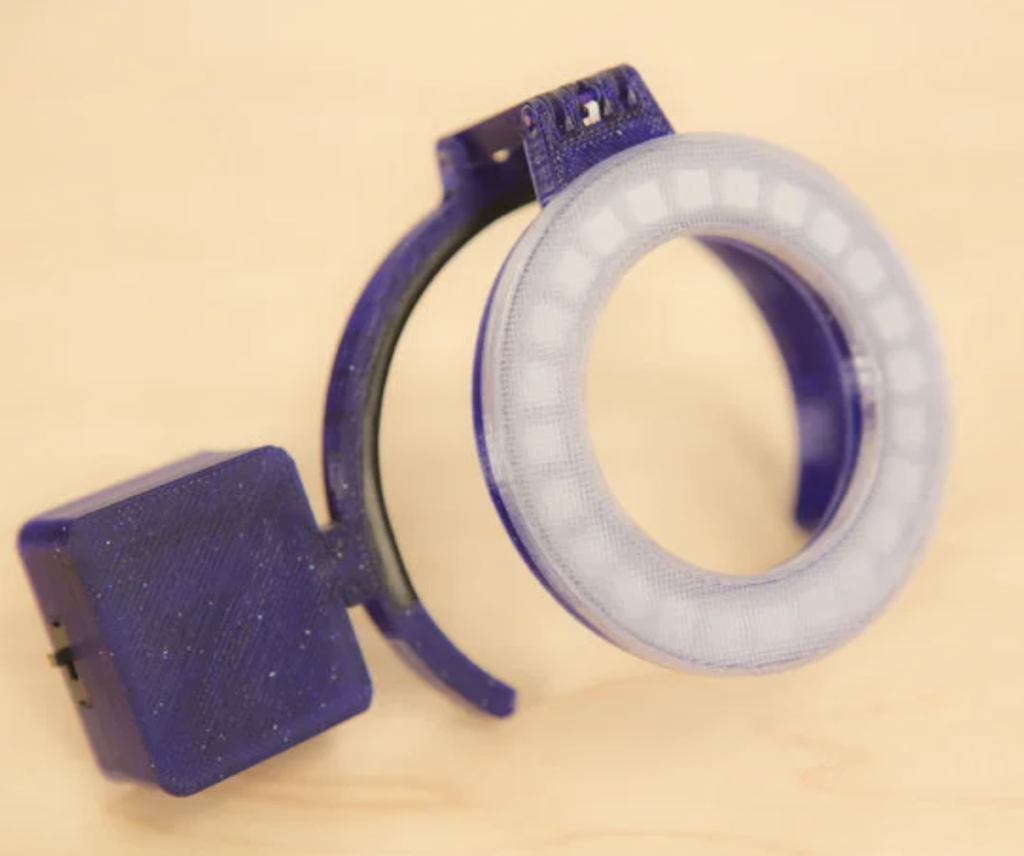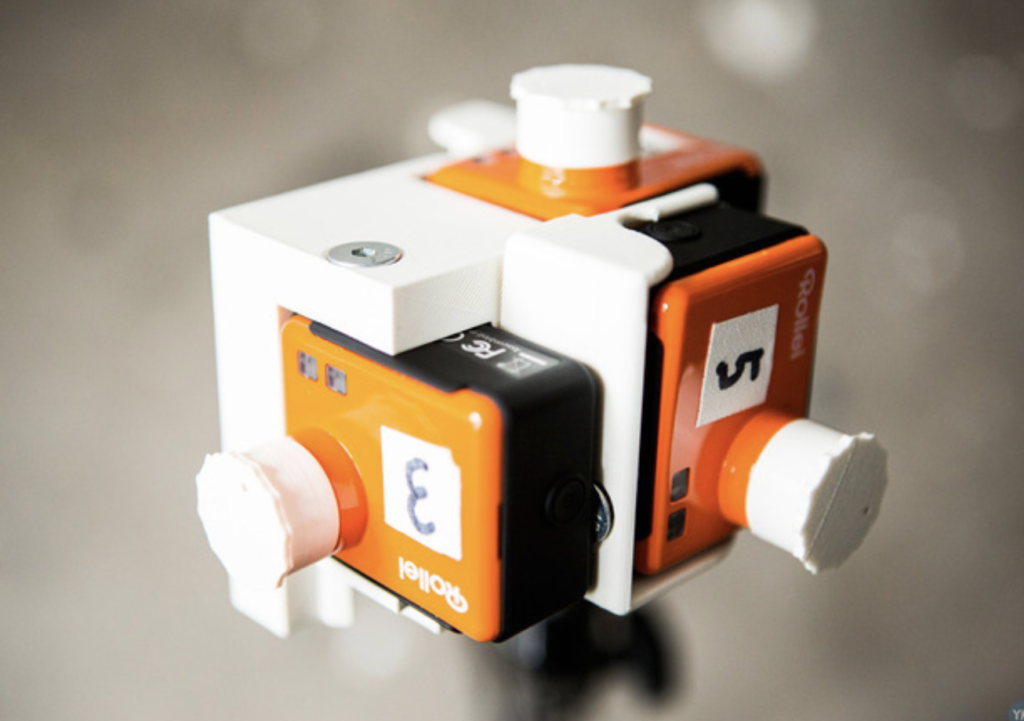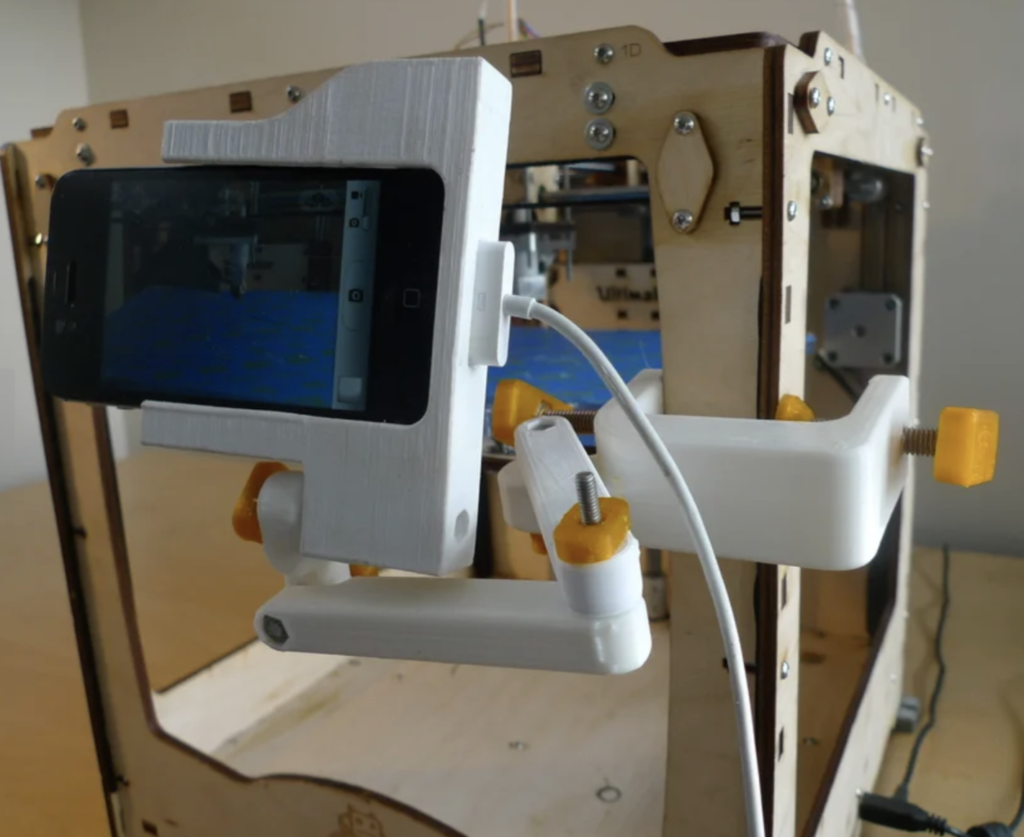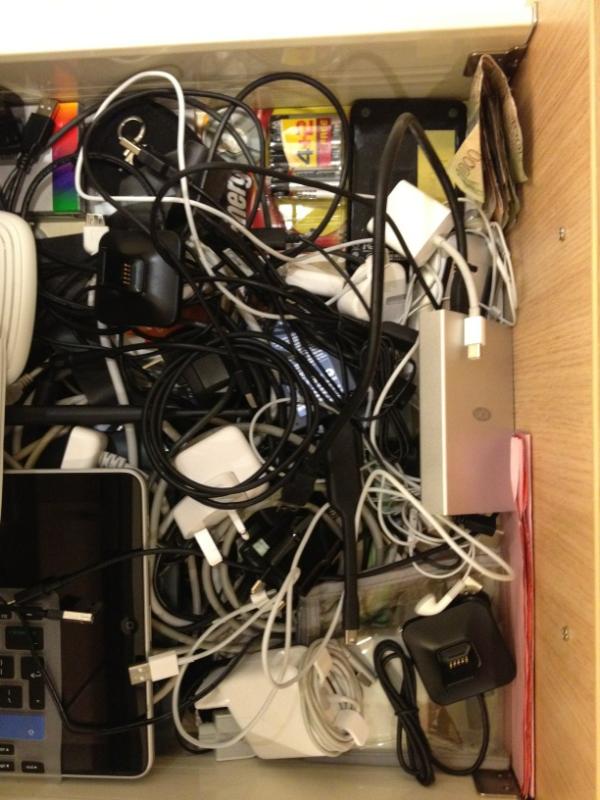There is a thriving aftermarket in automobiles, including spoilers for cars, new Dubs, and, more obviously, mufflers. Air intakes that don’t take in air and optimization kits for engines are an extensive business. You will be surprised at how extensive it is, that the car aftermarket market is worth $318 billion or 3.2% of GDP in the US.
A section of this market is straight-up replacement parts, OEM and remanufactured spares. Of course, we understand that there is a huge opportunity there for 3D printing these extensive stocks of parts.
Additionally, there is also the aftermarket accessories segment of this market. The accessories business is not made up of replacement, identical components but upgraded, redesigned, changed or somehow improved parts that add to the existing automobile. An outrageous spoiler or ground effect kit, faux carbon fiber are some of the typical examples here. Things like new engine management chips, light packages, and barbecues for your tailgate can also belong in this category. The automotive aftermarket is growing at a steady clip and benefits from hardcore hobbyists and specific subcultures and the public at large improving, customizing or adding to their cars. So, if the automotive aftermarket is so large, why isn’t there an aftermarket for all the other things?
Imagine if we not only produced spares, let people do digital kintsugi and made readymades, but also extended the lives of objects in organized, commercial ways. There are already camera accessories, and this is also a large market. The level of expression and customization found in the automotive market is lacking there, as well. There is a lively and very competitive phone accessories market worldwide, but considering just how many of these devices there are—over 5 billion—the levels of expression there can seem quite tame. Why aren’t there iPhone cases for every subculture in every country? Why can’t you get a customized case for my phone based on my kid’s T-Ball jersey?
It is clear that the extension of these markets toward more low-volume customization is something that we, as a 3D printing industry, could undertake. Any kind of mass-customized, low-volume, local manufacturing and niche application is a potential business case for 3D printing. By coupling our manufacturing capacity with easy-to-customize and design software, we could very well extend our reach to many more markets at comparatively little cost.

LED Camera ring.
This will happen eventually, but rather than everyone trying to make the same five parts, we should really consider many more industries and parts globally. Too much of our collective attention is focused on trying to impress the same five guys in aerospace or in the same three conference rooms in shoes. There are opportunities there, but there are tens of thousands of other companies that could use our help. Additions to cameras and consumer electronics are small, high-value parts that can radically extend the life of a much larger, much more complex object. By letting people radically customize these objects through making them one’s own we can give these markets a new dimension.

A mount that turns 6 action cams into a 360-degree camera.
A person may like to shoot an analog camera but want to attach a digital light meter to it. At the same time, modern flashes may not fit their camera. I’ve talked to dozens of people who wish to 3D print old car nameplates and signage but no one thinks of doing this for anything that is not a car. Maybe you’d like to put your name on your old camera? Or you could think of badges to adorn it.
At the same time, it is insane that there is no service that makes customized handgrips for your camera. There are lots of downloadable, 3D printed camera attachments and many that attach them to drones. There are no businesses that attach cameras to just about anything as a business targeted at consumers.
The expression on the camera is currently limited to what you see through the lens. Why not have replaceable elements in different colors? Why not look at frame parts that fail and redesign them to be superior? Why not do that but in a nice bright pink or neon? Why can’t I have a camera that exactly fits my hand? Why isn’t there a company that weatherproofs existing cameras? Why isn’t there a company that makes many different custom enclosures for cameras to dive with them? I’d much rather go diving with my old camera than my new one.
Why aren’t their kits to turn your old camera or phone into a Ring or dashcam? Why can’t I get new apertures for every camera? Why can’t I buy kits to turn my old Nikon into the best street shooter DSLR?

A RC camera car
If we just take the camera example, we can already see a plethora of ideas emerge. There are many potential niche businesses there that could be very profitable. But, what of old lamps? Kits to change their lightbulb connections into LED holders, make them dimmable, change them to disco lamps? Where is a simple instruction to turn grandma’s old pendant lamp into a cool college kid lamp? Why can’t I just transform my old lamps easily to fit new interiors?
Why can’t kids remake toys or upgrade them to grow along with them? We know that they like to play with physical objects such as LEGOs, but why not let them design a path for Barbie or G.I. Joe to last longer in their lives. Why is extensibility not built-in? In a world where everything is cost-focused and mercenary, we simply don’t have the time or money to make things extensible or long-lasting.

A universal iPhone mount can repurpose many devices.
There is a huge opportunity to extend the life of love objects. But, we can also give new functionality and new experiences to people around existing objects. That drawer you have with eight old phones and 60 cables in it is a goldmine waiting to be excavated. Years ago, I tried to start a maker project around reusing old iPhones for new applications. It went nowhere, but I assured myself that surely someone else will capitalize on this opportunity. People were making millions off of selling new makers new things surely they could also capitalize on them mining their own dens? Somehow this hasn’t worked.

Perhaps it’s a lack of imagination or the fact that it is not as obvious a path to making money, but these kinds of opportunities are underexploited.
With billions of consumer electronics, bicycle, kitchen, and furniture items worldwide, there is a huge potential for repurposing, customizing, and making cooler the things we already have. We could be creative with these objects through readymades, but a well-organized aftermarket could sell billions of accessories for the things that already are. With the world’s attention focused on selling and making the new, adding to the old may make you a new mining baron.
Part I of this series can be found here, Part II is here.
Index image a Blythe c, Public Domain. Stefan Magdalinksy.
Subscribe to Our Email Newsletter
Stay up-to-date on all the latest news from the 3D printing industry and receive information and offers from third party vendors.
You May Also Like
3D Printing News Briefs, April 13, 2024: Robotics, Orthotics, & Hypersonics
In 3D Printing News Briefs today, we’re focusing first on robotics, as Carnegie Mellon University’s new Robotics Innovation Center will house several community outreach programs, and Ugogo3D is now working...
Rail Giant Alstom Saves $15M with 3D Printing Automation Software 3D Spark
3D Spark has entered into a three-year deal with the rail giant Alstom. Alstom, a transport behemoth with annual revenues of $16 billion, specializes in the manufacture of trains, trams,...
Meltio Expands Global Reach with New Partnerships in the Americas and Europe
Spanish 3D printing manufacturer Meltio has expanded its sales network across the globe. With the addition of three new partners in the United States, Brazil, Argentina, and Italy, Meltio aims...
3D Printing Webinar and Event Roundup: April 7, 2024
Webinars and events in the 3D printing industry are picking back up this week! Sea-Air-Space is coming to Maryland, and SAE International is sponsoring a 3D Systems webinar about 3D...































